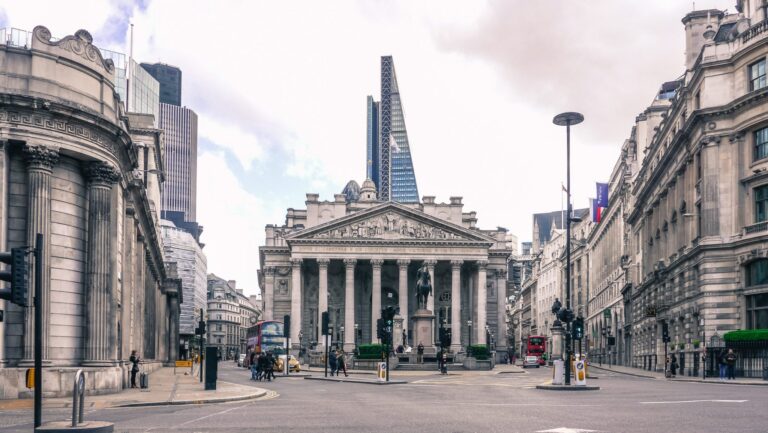Looking at the direction of travel for house prices can be a key indicator of the strength of the market, but it’s also important to consider how different locations perform.
Every month, house price indices are published by the likes of Zoopla, Rightmove, Nationwide and Halifax, which give an overall picture of the current trends in the market. On the whole, average house prices continue to rise in the long-term, with various peaks and troughs along the way depending on what is happening in the wider landscape.
In the aftermath of the Covid pandemic, for example, there was a market rush where people who might have held off making a move decided to push on. The stamp duty holiday certainly had a big effect for many, while some buyers were also spurred on by major lifestyle changes that had been sparked as a result of multiple lockdowns.
The effect of this was a huge acceleration in house prices, with data from Halifax showing that between January 2020 and December 2022, property values shot up by an average of by £48,620 to £286,515, equating to a 20.4% increase, which is significantly higher than the long-term average. In the three years prior to this, prices had increased by just 7.8% in total, which is seen as a more ‘normal’ rate of growth.
This was followed by a natural market correction, which was also impacted by factors such as rising inflation and interest rates affecting affordability. Now, though, sales activity in the UK housing market is running at the highest level seen since the 2020 boom, with property prices once again returning to a healthy level of growth.
But while the pandemic saw a so-called ‘race for space’, with people placing more value on the space in their homes which they were spending more time in, and looking less at locations, this trend was arguably short-lived, and markets in cities and towns are once again leading house price growth.
House prices across the regions
Over recent years, one ongoing trend in the UK housing market has been the north of England outperforming the south when it comes to house prices. Much of this, according to analysts, comes down to affordability, which is naturally a bigger consideration during times when the cost of living crisis remains an issue. But is this set to continue?
According to the latest predictions from Savills, affordability is expected to continue to be a key issue for people in the UK, and this will have a knock-on effect on house prices in different locations across the country. This is exacerbated by higher mortgage costs, which, although expected to fall, are highly unlikely to return to the lows we had been accustomed to pre-2022.
As such, Savills expects “the more affordable markets in the north” to experience the strongest house price growth in the coming years.
So in 2025, the regions that could see the fastest capital appreciation are the North West, the North East, Yorkshire and the Humber and Scotland, which are all predicted to see prices rise by 5% next year.
The lowest forecast for the year ahead comes from the South West and the East of England, where house prices are expected to rise at half the rate (2.5%). London and the South East are only slightly ahead with an expected 3% growth.
Where to invest for long-term growth
Looking ahead at the five-year forecast, the three northern regions (North West, North East and Yorkshire and the Humber) remain firmly at the top of the table. The North West is expected to see a huge 29.4.% rise in house prices by 2029, followed by the North East and Yorkshire and the Humber, both with 28.2%.
At the other end of the scale, London sits at the bottom of the table of expected house price growth, with an accumulative 17.1% increase in house prices by the end of 2029. Just above this is the South East (17.6%) and the East of England (19.9%).
Of course, within each region, specific locations will see varying performances. Areas with incoming investment and regeneration in the pipeline could see an above-average boom, while those with limited future prospects could rise at a slower rate.
The city of Manchester consistently appears as the top city for house price growth in Rightmove’s monthly index, and is a city with continued transport improvements, new developments, and growing employment prospects that all indicate it will continue to see prices rise in the coming years.
If you’re a property investor looking for your next opportunity in one of the UK’s top-performing locations, get in touch with BuyAssociation today and find out about our current and upcoming projects.










